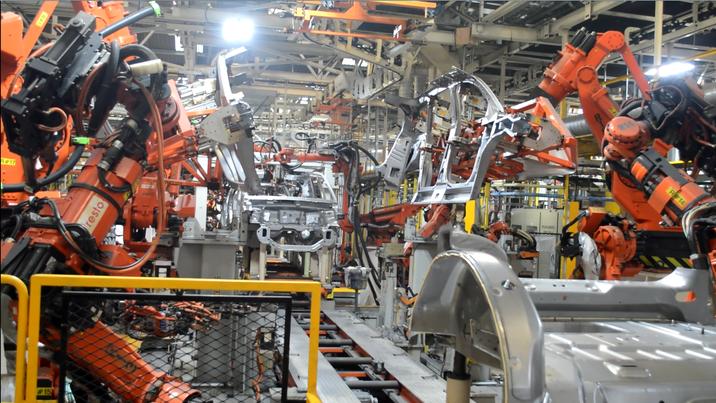Stellantis Estimates €1.7 B Impact from 25 % U.S. Auto Tariffs

The recent revival of 25 percent U.S. import duties on vehicles from Mexico and Canada has sent shockwaves through North America’s auto industry, and nowhere is the alarm louder than at Stellantis. On July 21, the company warned that these Trump‑era levies—reinstated without significant exemptions—are set to erode up to €1.5 billion of its 2025 earnings. This staggering figure is more than five times the €300 million hit suffered in the first half of the year, exposing how deeply integrated cross‑border manufacturing has become—and how perilously fragile that integration now is under unpredictable trade policy.
Stellantis executives are bracing for a cumulative toll approaching €1.7 billion once the full impact of the tariffs is tallied. Already, the company has slashed production, paused shipments, and even shuttered certain assembly lines mid‑cycle to mitigate losses. Analysts warn this cost overrun will not remain on corporate balance sheets; it’s poised to ripple through supplier networks, disrupt just‑in‑time logistics, and ultimately saddle consumers with higher sticker prices. U.S. automakers face the real prospect of tacking on thousands of dollars per vehicle just to cover the duty shortfall, a sudden and hefty inflationary spike in a sector still recovering from pandemic‑era bottlenecks.
Shareholders have been quick to register their panic. Stellantis’ stock tumbled as much as 4.8 percent following the announcement of the second‑half tariff exposure—pain that echoes across markets already jittery about global economic headwinds. The company’s cash reserves are being drained: €3.3 billion evaporated due to a cancelled hydrogen project and EU carbon fines, and now this new tax gouge threatens to burn even more liquidity. With net profits plummeting from €5.6 billion to €2.3 billion year‑over‑year, the automaker finds itself fighting on multiple fronts—environmental penalties, costly platform investments, and now a sweeping trade assault.
The broader implications for North American manufacturing cannot be overstated. These tariffs don’t just hit the bottom lines of multinational giants; they choke regional supply chains that depend on cross‑border flows of parts and subassemblies. Component suppliers in Mexico, which provided over 40 percent of the U.S. auto market’s imports last year, now face unprecedented risk. The potential outcome is a cascade of production delays, layoffs, and cancelled orders—effects that threaten hundreds of thousands of jobs on both sides of the border. Industry groups are already pleading for relief, but in a climate of escalating trade brinkmanship, timely reprieve seems unlikely.
Unless U.S. policymakers act swiftly to carve out meaningful exemptions or roll back the tariffs altogether, the automotive sector may endure sustained turmoil. For Stellantis—and the wider network of manufacturers, distributors, and dealerships—the window to adapt is rapidly closing. What began as a bid to “bring jobs home” risks backfiring disastrously, undermining the very industries it aimed to protect and instead fueling higher consumer costs, wrenching supply‑chain disruptions, and a broader economic malaise that will reverberate far beyond the showroom floor. The alarm bells are ringing—will policymakers heed them before it’s too late?





